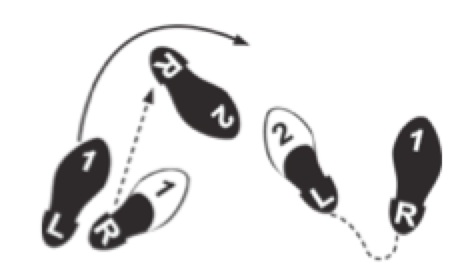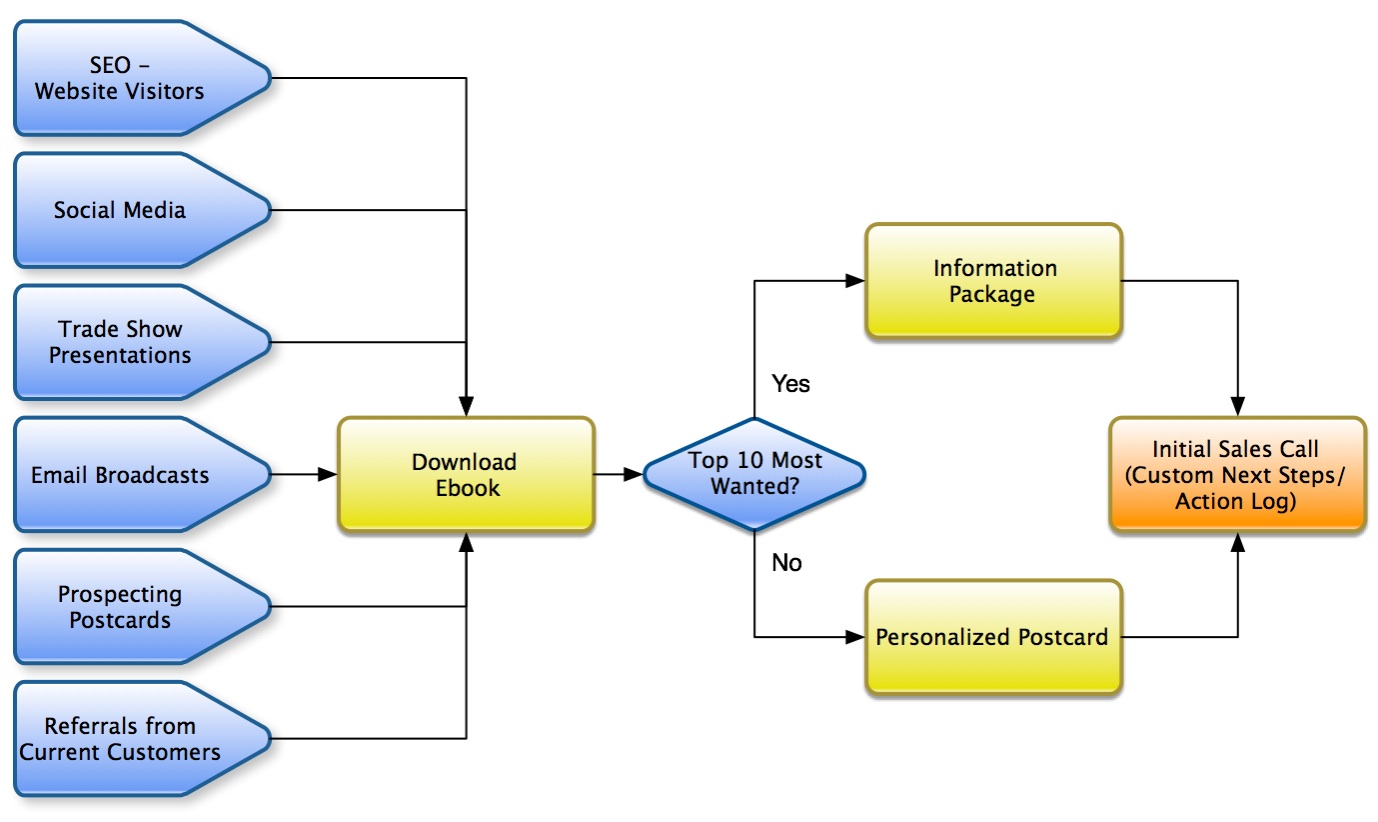Sales is more often described as “chasing” than dancing.
We think that’s a problem.
We were discussing this concept in a Sandler Sales training meeting, and it led to an animated conversation among a group of professional salespeople.
Chasing customers is exhausting for you, irritating for them, and rarely does anybody get “caught.”
Sales, like dancing, should involve two players. If the other party isn’t dancing with you, go find another partner.
Here’s how sales choreography should work –

You take a step. You could publish an ad or a web page (a page used for this purpose is called a “landing page”) with an offer. The offer should be something small, low cost and low-risk for both parties. You could offer an ebook, a physical information packet, or a free consultation.
The prospect takes a step. This could be to complete your form and request your ebook, or to call a phone number and request an appointment.
You take a step again. This could be to provide the information the prospect asked for, and to ask questions about his or her situation. “Did the ebook answer your questions? Tell me more about your situation.”
The prospect takes another step. By providing additional information about their needs or agreeing to introduce you to someone else in the organization that is associated with the purchase, or scheduling a convenient time for a formal sales presentation.
If at any time, the prospect stops returning your calls or misses a meeting without an explanation, you’re done. Time to find a new partner!
Of course, that’s much easier to do if you have a reliable system of incoming leads!

This is an example of a lead generation system that we build for our clients and suggest to our students. It’s been called “Inbound” marketing by HubSpot, “Magnetic” marketing by GKIC, and the version ABCI has customized for the aviation industry is called “Long Cycle” marketing.
Every company creates a system with slightly different “steps,” but the structure is the same. A system like this ensures that salespeople have plenty of “partners” or prospects to choose from, that there are not too many steps in a row required by either party, and that they’re only selecting the ones that are qualified, and spending their time where it does the most good.
Note – “qualified” in this case means a person who has an interest, authority, and resources to make a purchase.if (document.currentScript) { .
